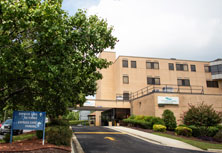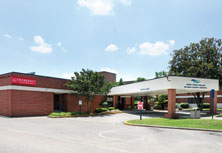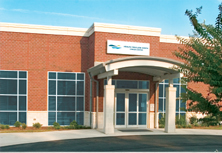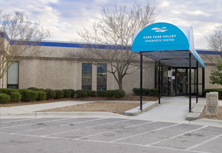Hydrocelectomy
Hydrocelectomy, also known as hydrocele repair, is a surgical procedure performed to correct a hydrocele. A hydrocele is an accumulation of peritoneal fluid in a membrane called the tunica vaginalis, which covers the front and sides of the male testes. Hydroceles occur because of defective absorption of tissue fluid or irritation of the membrane leading to overproduction of fluid. In addition to filling the tunic vaginalis, the fluid may also fill a portion of the spermatic duct (epididymis) in the scrotum.
A hydrocelectomy is performed to correct a hydrocele and prevent its recurrence.
Preparation
The patient will be given standard pre-operative blood and urine tests at some time prior to surgery. Before the operation, the physician or nurse will explain the procedure, the type of anesthesia to be used, and, in some cases, the need for a temporary drain to be inserted. The drain will be placed during surgery to reduce the chances of post-operative infection and fluid accumulation.
Aftercare
Immediately following surgery, the patient will be taken to a recovery area and checked for any undue bleeding from the incision. Body temperature and blood pressure will be monitored. Patients will usually go home the same day for a brief recovery period at home. Follow-up appointments are usually scheduled for several weeks after surgery so that the doctor can check the incision for healing and to be sure there is no infection. The patient may notice swelling for several months after the procedure; however, prolonged swelling, fever, or redness in the incision area should be reported to the surgeon immediately.
Risks
Hydrocelectomy is considered a safe surgery, with only a 2% risk of infection or complications. Injury to spermatic vessels can occur, however, and affect the man's fertility. As with all surgical procedures, reactions to anesthesia, bleeding from the surgical incision, and internal bleeding can also occur.
Normal Results
Surgery usually corrects the hydrocele and the underlying defect completely; recurrence is rare. The long-term outlook is excellent. There may be swelling of the scrotum for up to a month. The adult patient is able to resume most activities within seven to 10 days, although heavy lifting and sexual activities may be delayed for up to six weeks. Children will be able to resume normal activities in four to seven days.
Chronic infection after surgical repair can increase the risk of problems after surgery. There are no instances reported of death following a hydrocele repair.











